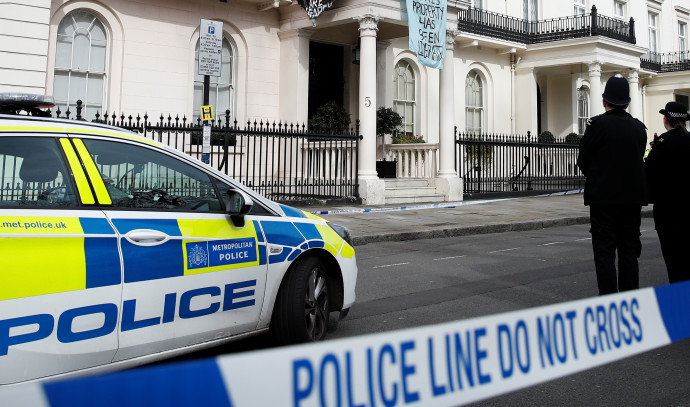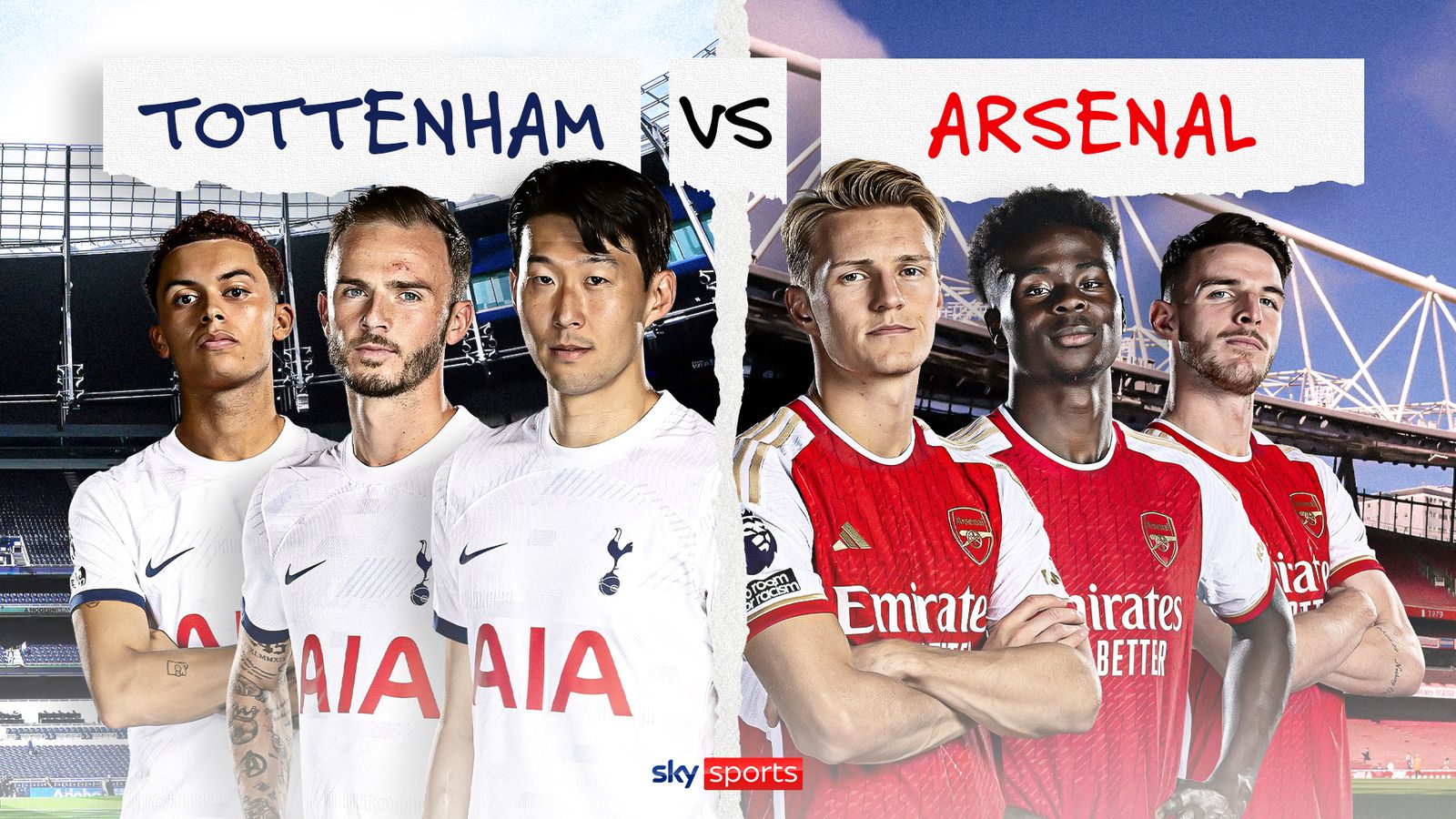Highlights
- Arsenal and Tottenham’s fierce rivalry dates back to 1913 when the Gunners moved to the other side of the River Thames.
- The club have faced each other nearly every year since, with the clubs separated by just four miles in London.
- Significant events like the 1991 FA Cup semi-final and Sol Campbell’s transfer have added dramatic flair to the North London Derby.
The North London Derby is one of the fiercest matches in world football. It doesn’t bring the flares and pyrotechnics of South American football, but it brings just as much passion in the stands and on the pitch. Drama has been encapsulated in the fixture ever since the first match between Tottenham Hotspur and Arsenal.
The teams are separated by just four miles, with the Gunners in Islington and Spurs in Haringey. Friends and family will know fans of the rival club, which only makes the thought of going to work the day following a derby defeat even more frightening. Losing a football match is always disappointing, but losing to a local rivalry? That’s a disaster for fans up and down the country.
Arsenal are currently one of the best teams in the Premier League, fighting with Liverpool and Manchester City at the top of the table. Tottenham are going through a period of transition after losing club legend Harry Kane in the summer of 2023. However, under Ange Postecoglou, the Lilywhites have the potential to rise to the top of the field one year. As the rivalry between the two sides grows bigger than ever, this articlce has taken a look at the origins of the two clubs and how they have evolved.
Related
10 Biggest Inter-City Rivalries in World Football
The Merseyside derby, Arsenal vs Tottenham and Inter vs Milan all feature in the biggest inter-city rivalries in football.
Origins of Arsenal and Tottenham
To be able to understand the origins of the rivalry, it’s important to be able to gain a grasp of the beginnings of each club. Arsenal were founded in 1886 in Woolwich (then Kent but now London) and south of the river in the capital city. They were formed from a munitions factory and they initially played their matches on Plumstead Common, but soon sought alternative homes, firstly the Sportsman Ground in Plumstead, before moving to the adjacent Manor Ground in 1888. The club’s moves around stadiums epitomised their struggles to find a permanent home, which made the decision in 1913 even more understandable – but damning.
In a bid to improve the club’s income, their owner decided to move the club up north to Highbury. There were objections from Woolwich-based fans and nearby residents, but they still stuck by their season. They dropped ‘Woolwich’ from the name to be known as ‘The Arsenal’ before it was shortened to what they are known as today. That move kickstarted the rivalry as Tottenham were already based in the area.
Tottenham, originally named Hotspur Football Club, were formed in 1882 by a group of schoolboys. They were members of the local cricket club who wanted to play sports, mainly football, during the winter. Unlike Arsenal, Tottenham have always played matches in a similar location. At first, they played on the Tottenham Marshes, where, as it was a public field, they had to mark out the pitch themselves, whilst fights occasionally broke out. Meanwhile, they also played at Northumberland Park before moving into White Hart Lane in 1899; they have stayed there ever since, even though they knocked it down but built a new stadium on the same land in 2019.
Technically, Tottenham didn’t start as a club in North London, as – until 1965 – Tottenham was in the historic county of Middlesex. The year before the World Cup, the borough of Tottenham merged with the municipal boroughs of Hornsey and Wood Green to form the London Borough of Haringey, which saw it formerly named as part of London, yet the club have still never made a permanent switch anywhere. Arsenal’s permanent move kickstarted the rivalry.
Origins of the North London Derby
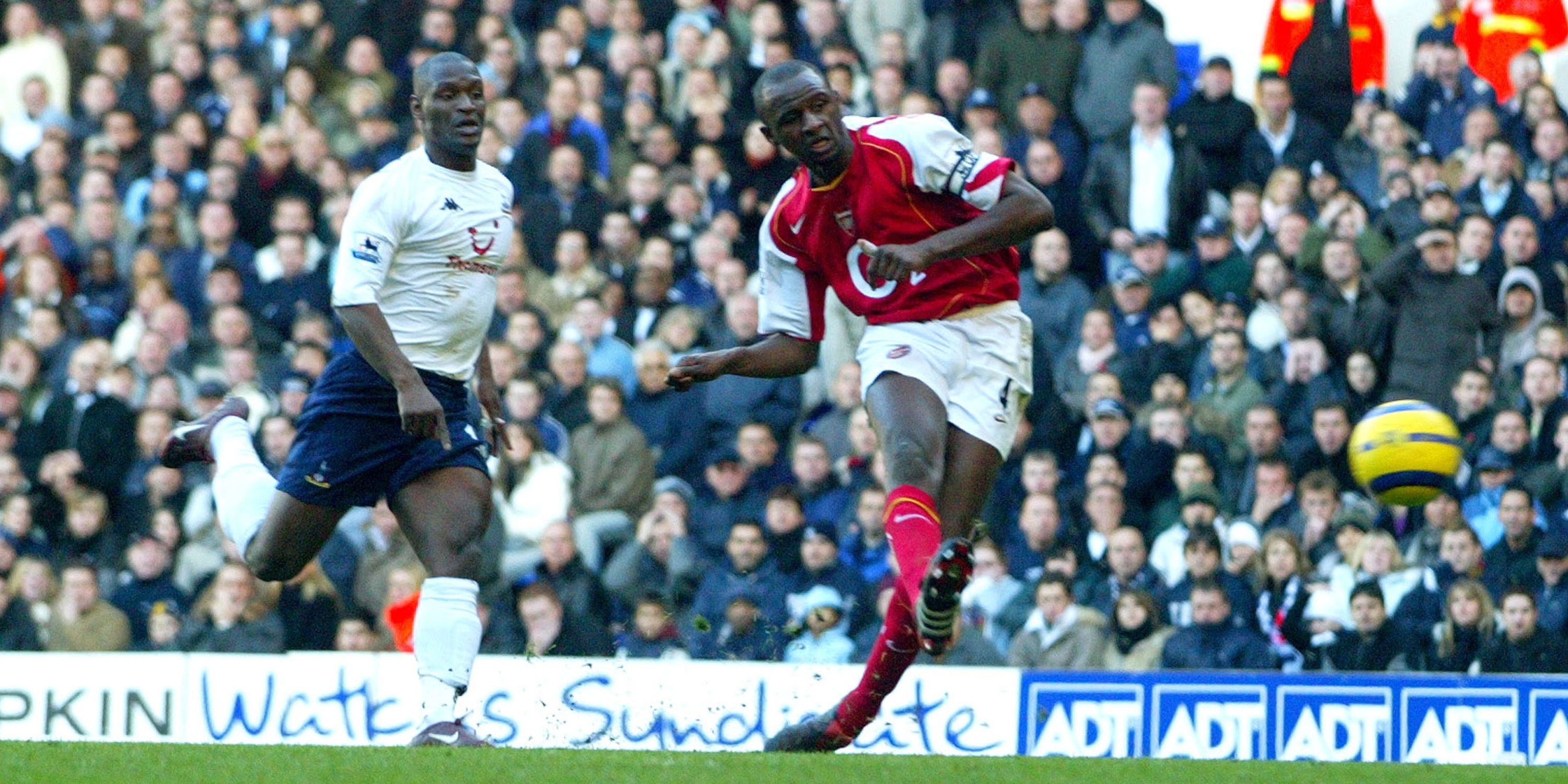
The first official meeting between the two teams was a friendly on the 19th November 1887. It was played at Spurs’ ‘ground’ at the end of Tottenham Marshes, yet it was abandoned 15 minutes before the end because of a lack of light to be able to play. The hosts were leading 2-1 before the match was halted. In the following February, the two teams completed their first match against one another — and it was a case of dominance as Arsenal beat Tottenham, who could only field nine players, 6-2.
Arsenal’s decision to move to North London kickstarted the true origins of the rivalry. Tottenham considered Highbury to be ‘their area’ — and the Gunners ‘taking that land’ immediately created a local grudge match between them. The following years only served to escalate that rivalry. In 1919, the First Division was expanded by two teams. Chelsea, who finished in 19th and would have normally been relegated, stayed in the division whilst the other spot could have been given to Spurs, who finished 20th, or Barnsley, who finished third in the Second Division.
However, Arsenal – along with four other clubs – bid for a place in the top division, despite finishing sixth in the second tier. Due to endorsement by League president and chairman of Liverpool John McKenna, Arsenal won the vote by eighteen votes to Spurs’ eight, and therefore they were thus elected to the First Division. Unsurprisingly, the decision infuriated Tottenham and their supporters, which highlighted how Arsenal had not only ‘moved into their land’, but had now taken a league spot from them.
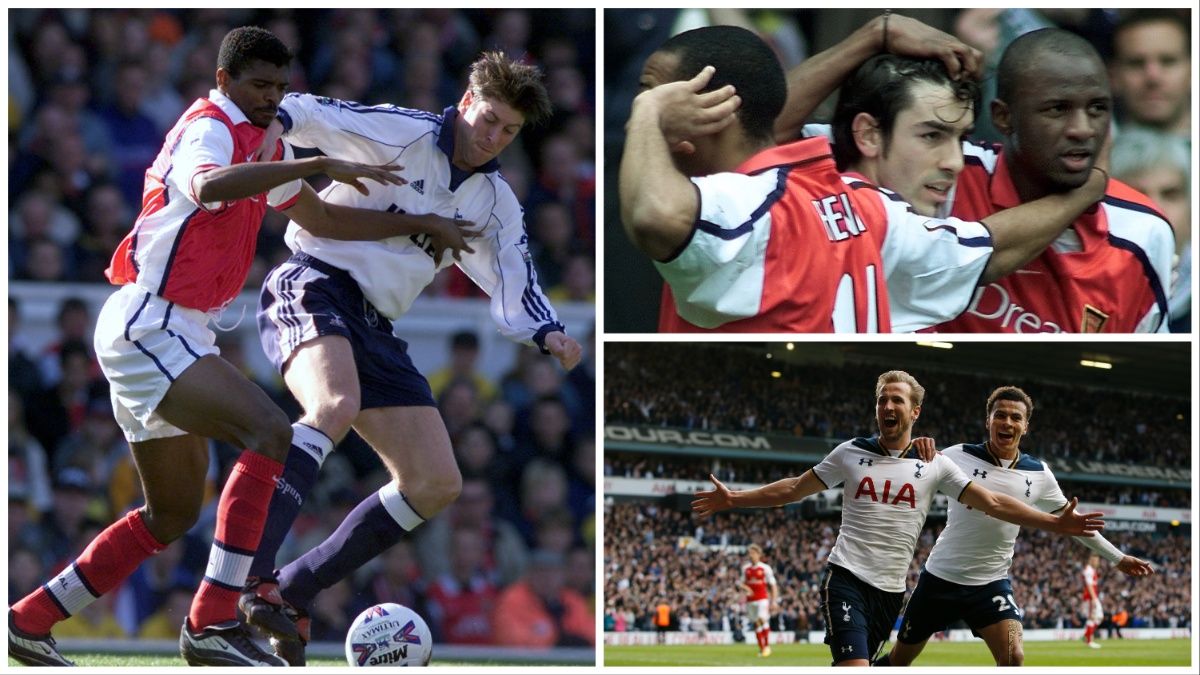 Related
Related
Arsenal vs Tottenham: Origins, Best Derbies, Iconic Players And More
The long-running rivalry between Arsenal and Tottenham produces one of the most fiercely-competitive derbies in world football.
Significant Events
1991 FA Cup semi-final
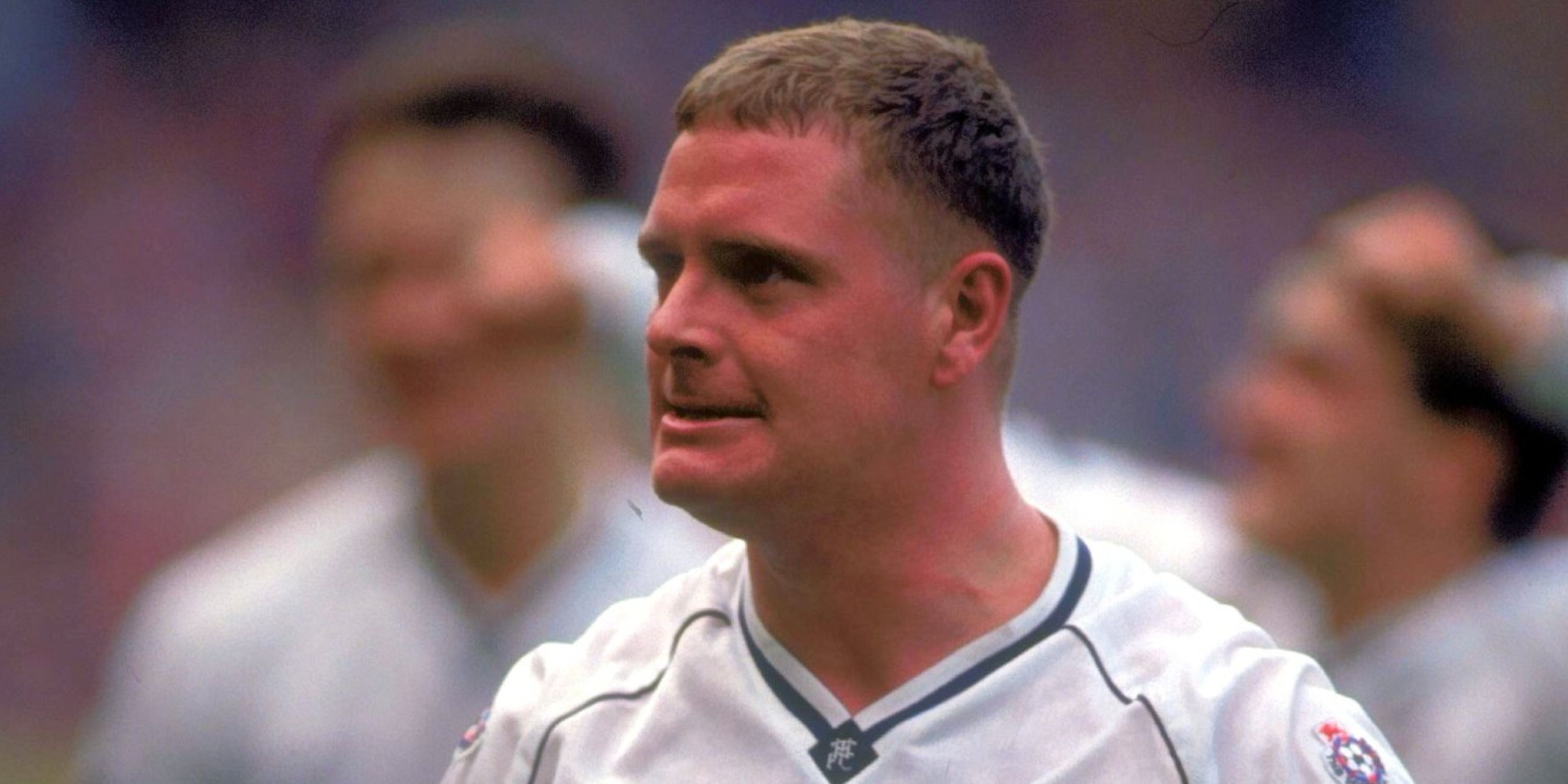
Tottenham and Arsenal have never played each other in an FA Cup final, but they’ve faced each other in the semi-finals — and the clash in 1991 epitomised everything so intense about the derby. Spurs won the match 3-1 to play Nottingham Forest in the final and claim their eighth title.
However, it’s the fact that was their last FA Cup final appearance which makes the win against the Gunners more memorable. Paul Gascoigne kicked off proceedings with a stunning free-kick from 30 yards out, before two goals from Gary Lineker – broken up by a strike from Alan Smith – secured victory. It was a day Spurs will never forget.
Sol Campbell joins Arsenal on a free transfer
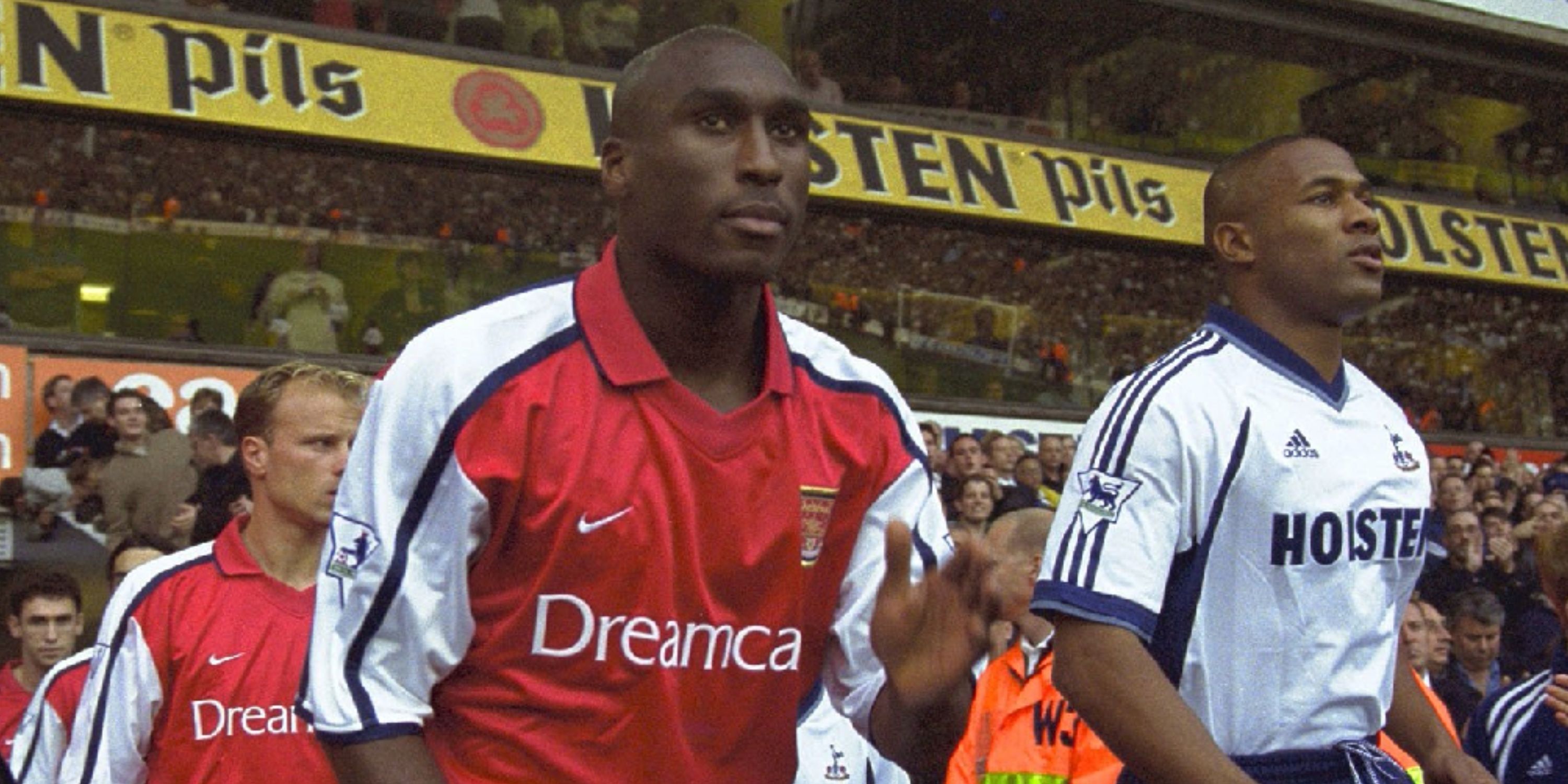
In the summer of 2001, Sol Campbell had a decision to make. His contract at Tottenham expired. He was offered a salary which would have been the highest in N17, yet he turned it down to play in the Champions League, partially because England manager Sven-Goran Eriksson advised him of such a course. Several European clubs, including Barcelona, wanted to sign him, but he chose to join Spurs’ fiercest rivals instead under Arsene Wenger.
The centre-back had previously said he would never play for the Gunners, but – as his press conference at their training ground began – that was all a lie. In his return to White Hart Lane during a 1-1 draw in November 2001, Campbell was portrayed as a villain by the Lilywhites fans, calling him ‘Judas’ and sending barrels of abusive language his way. He was even shocked to see his older brother Tony in the crowd supporting Spurs because of the transfer. They saw him as one of the biggest traitors in football. Campbell’s decision was vindicated with the Gunners winning the Premier League title and FA Cup in his time at the club, including being a part of the ‘Invincibles’ in the 2003/2004 campaign.
 Related
Related
10 best players to leave their boyhood clubs for trophies
Several players have left their boyhood clubs over the years in search of trophies.
Theo Walcott’s famous taunt
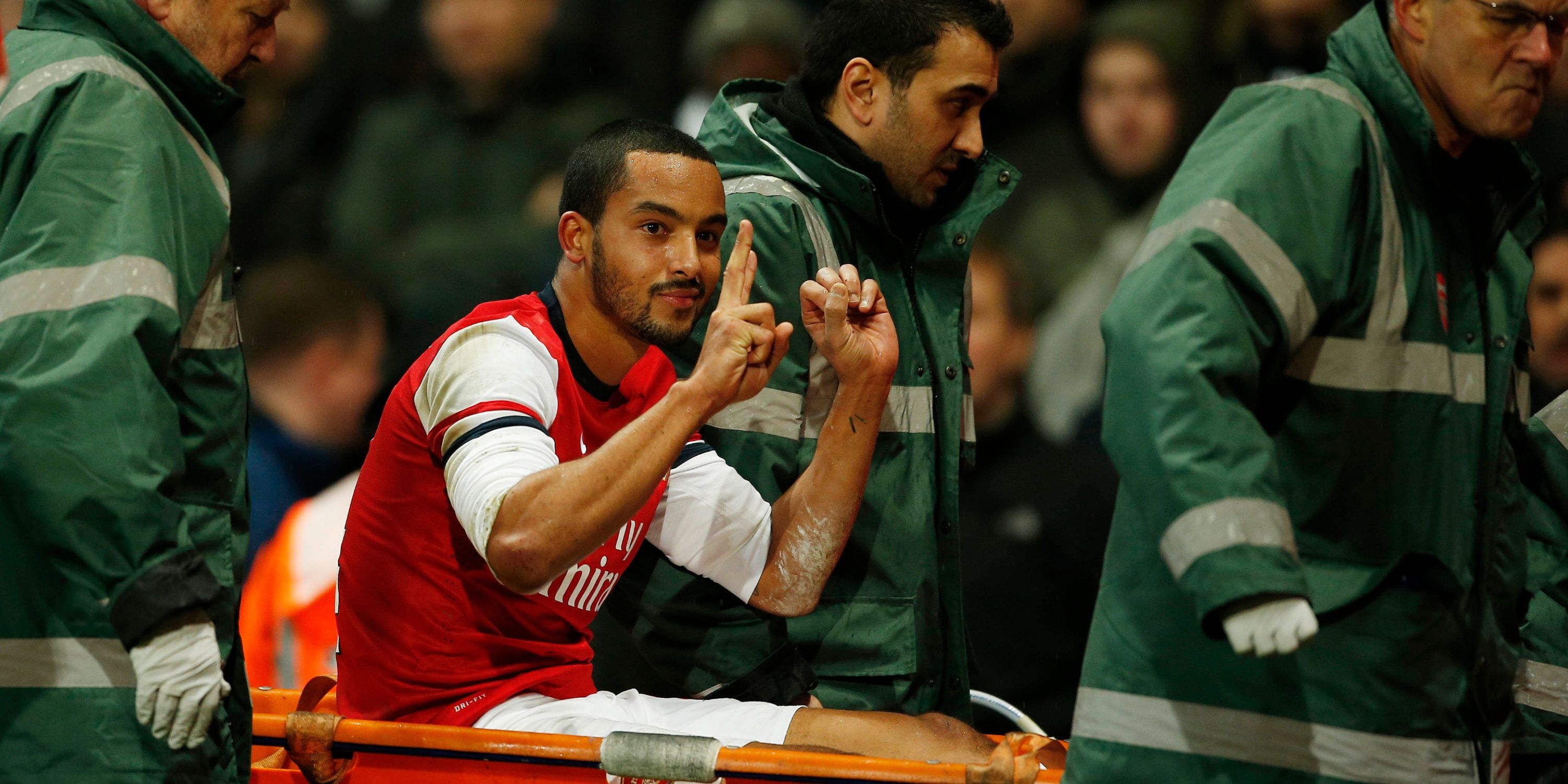
During an FA Cup third-round match, Arsenal claimed the bragging rights with a 2-0 win over their local rivals. However, it was what happened in the dying seconds off the pitch which took centre stage. England winger Theo Walcott was stretchered off after picking up a knee injury in the closing stages.
As he was brought off past the Spurs fans, he was pelted with a hail of coins and plastic bottles at the Emirates Stadium. In response, the energetic winger made a gesture on the stretcher towards the Spurs fans which reflected the scoreline. Two medical helpers were injured as more ‘missiles’ were thrown onto the pitch — and it highlighted how the rivalry can bring out the worst side of football.
St Totteringham’s Day over
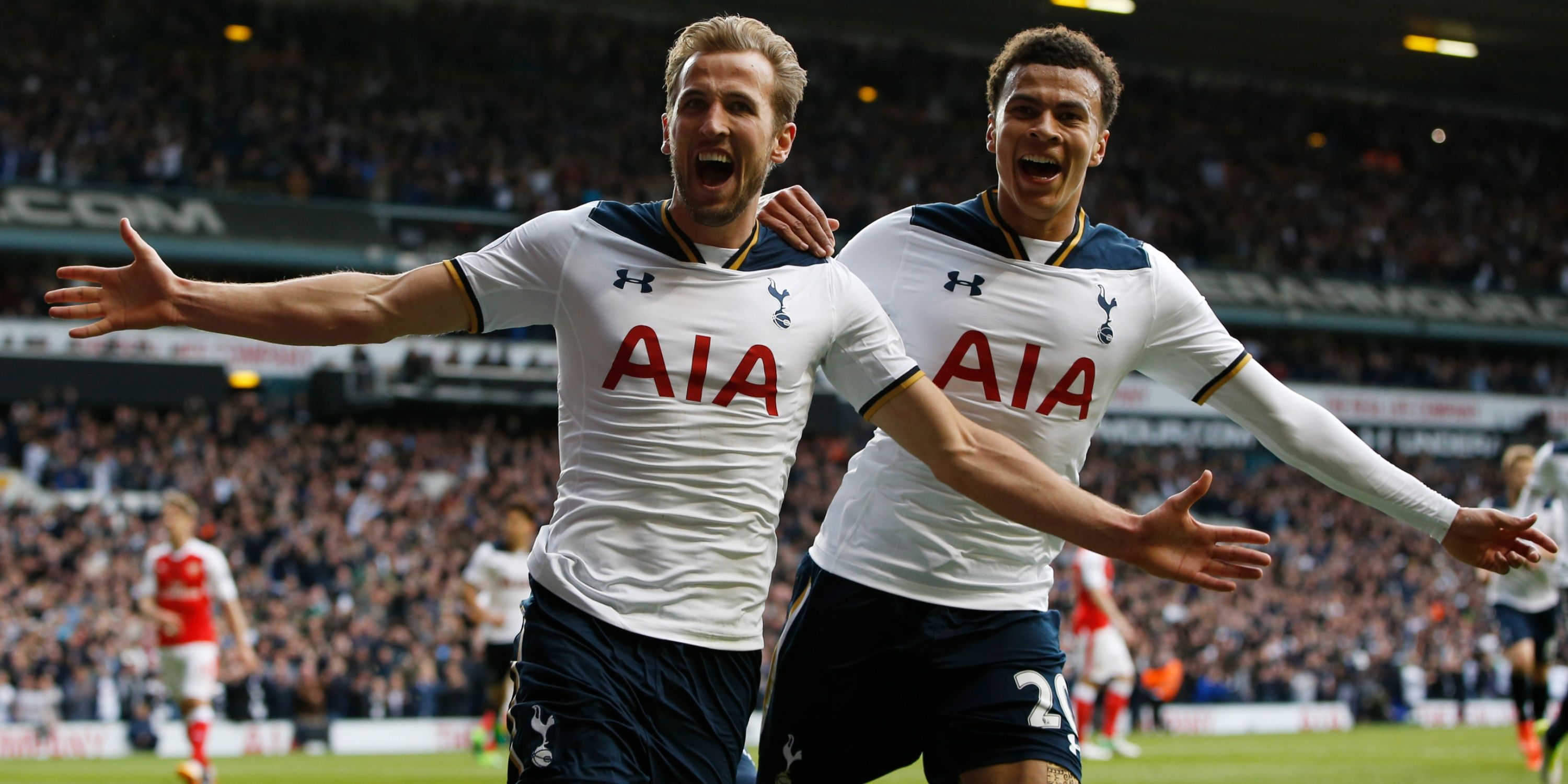
White Hart Lane was one of the most iconic stadiums in England. It was small, holding less than 40,000 in the modern day, but it produced a raucous atmosphere every week. 2017 saw the legendary ground be knocked down — and the final North London Derby there held deep significance to the hosts.
Tottenham beat Arsenal 2-0 through goals from Dele Alli and boyhood player Harry Kane. It was one of the most comfortable performances in recent history, yet the main focus was on securing them a finish above the Gunners for the first time in 22 seasons. They would go on to achieve a streak of six consecutive finishes above their rivals, ending ‘St Totteringham’s Day’ for several years – the day coined by Arsenal fans when they had mathematically finished above Spurs in the Premier League table.
https://www.givemesport.com/north-london-derby-arsenal-tottenham-origins/


